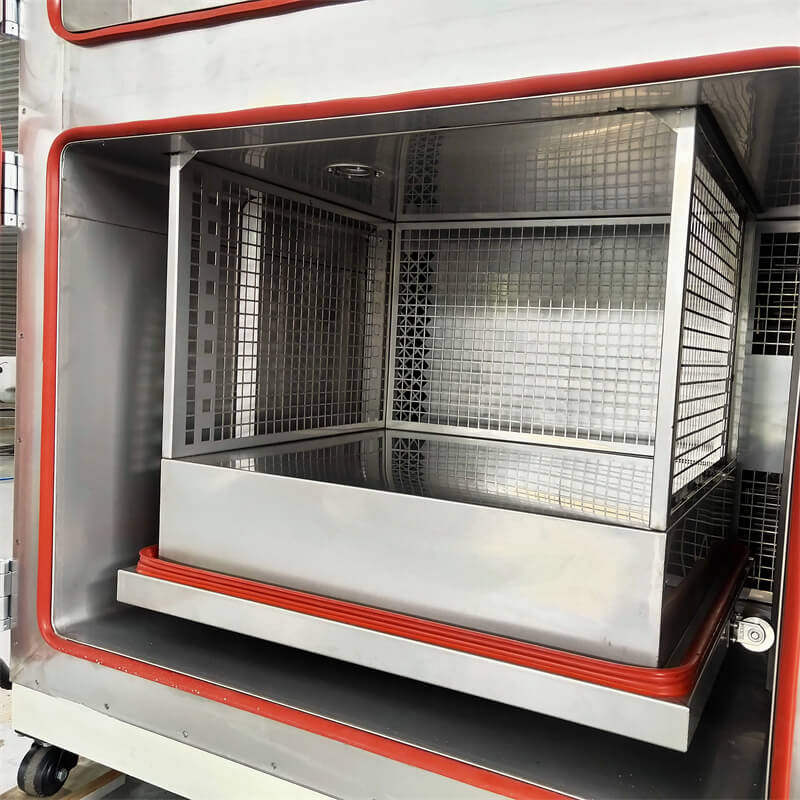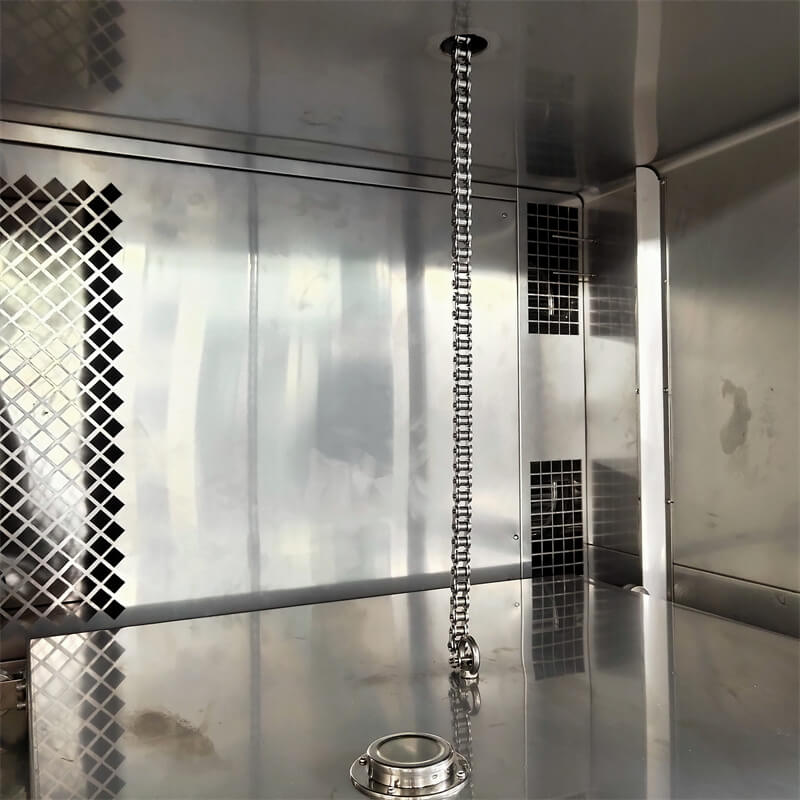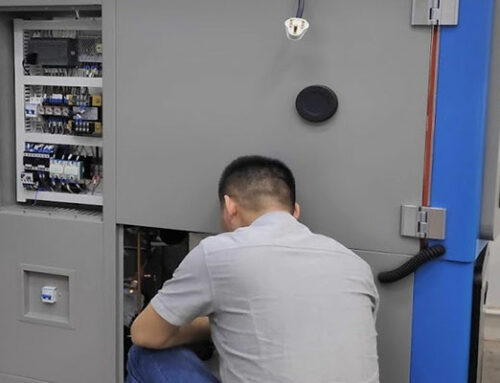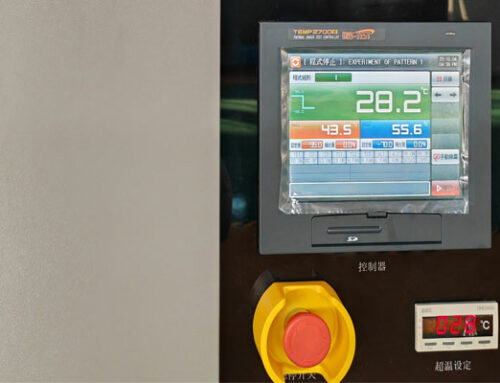As smartphones become more popular, people are increasingly reliant on them. Therefore, the reliability of smartphones has become a focus of consumer attention. So, what is smartphone reliability testing? How does it ensure that our phones are durable? This article will uncover this mystery for you.
1. What is the purpose of environmental reliability testing for mobile phones?
Environmental reliability testing is crucial for validating the design and manufacturing of mobile phones. During the development stage, rigorous testing is conducted to expose defects, analyze them, and implement corrective measures, thereby enhancing the overall reliability of the phone. The testing journey spans from identification testing before finalizing the design to acceptance testing for mass-produced phones and trial testing during the usage phase.
2. Why conduct reliability testing for mobile phones?
With the continuous development of technology, mobile phones have become increasingly feature-rich and powerful. However, at the same time, we must also address a question: How can we ensure that these high-performance phones do not fail during everyday use? This is where reliability testing for mobile phones becomes particularly important. It can help manufacturers understand the true performance of the phone, identify potential issues, and make timely improvements. For consumers, reliability testing is also an important factor when choosing a phone. A phone that has undergone rigorous reliability testing ensures better quality and performance, providing users with greater peace of mind during usage.
3. What are the environmental factors that affect the reliability of mobile phones?
The environment poses a critical challenge to product reliability. Factors such as temperature, humidity, pressure, vibration, and electromagnetic radiation can adversely affect electronic products. Data reveals that a significant portion of electronic product failures, 52%, are attributed to environmental effects, with temperature, vibration, and humidity being the primary culprits.
4. How to conduct reliability testing for mobile phones?
Environmental Adaptability Testing: Simulating various extreme environmental conditions such as high temperature, low temperature, high humidity, dryness, etc., to inspect the performance of the phone under these environments.
Mechanical Stress Testing: Testing the mechanical performance and structural strength of the phone by simulating various mechanical stresses it may encounter in daily use, such as squeezing, dropping, vibration, etc.
Power and Battery Testing: Testing the charging, discharging, standby time, etc., of the phone to evaluate the performance and lifespan of the battery.
Electromagnetic Compatibility Testing: Checking whether the phone can work normally under electromagnetic interference environments and whether it will interfere with other devices.
Software and System Stability Testing: Checking for issues like crashes and freezes in the phone’s software and system by running various applications and functions for a long time.
Life Span and Durability Testing: Simulating various scenarios of long-term phone usage to assess its lifespan and durability.
5. What are the key tests in environmental reliability testing for mobile phones?
- Working Temperature Tests: Mobile phones must undergo tests at temperatures ranging from -10°C to +55°C for 4 hours each, simulating climate conditions across diverse geographical regions in China.
- Constant Temperature and Humidity Test: Conducted at approximately 40°C and 92% relative humidity for 48 hours, assessing the impact on casing materials, electronic components, and overall stability of electronic circuits.
- Random Vibration and Drop Tests: Evaluating the phone’s functionality under random vibration conditions and assessing protection against improper use through 12 drop tests from a height of 1.0m on a rigid surface.
- Key Life and Flip/Slide Life Tests: Essential for flat panel, clamshell, or slider phones, determining the longevity of key components and assessing the functionality of the phone after repeated use.
6. Common Failures in Environmental Reliability Testing:
Daily testing work reveals common failures, including RF indicator issues, frequency and phase errors during vibration tests, and antenna detachment or screen damage during drop tests. These failures may stem from improper circuit structure, parameter configuration, or inadequate protection measures.
7. Current Issues in Mobile Phone Testing:
Amidst heightened market competition and accelerated product launches, some manufacturers are shortening research and development cycles, potentially compromising necessary testing phases. This approach may lead to increased after-sales costs and brand image impacts, emphasizing the need for a comprehensive testing and trial system.
8. Conclusion:
Environmental reliability testing stands as the linchpin in mobile phone manufacturing, ensuring that devices meet stringent quality standards and deliver optimal performance in diverse conditions. Manufacturers must prioritize reliability testing to enhance product quality, mitigate common failures, and navigate industry challenges. The pursuit of excellence in testing is not just a short-term investment but a strategy for long-term success in the competitive mobile phone market.
For more insights into environmental reliability testing and the latest advancements in mobile phone manufacturing, stay tuned to Linkotest.










Leave A Comment